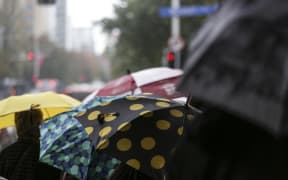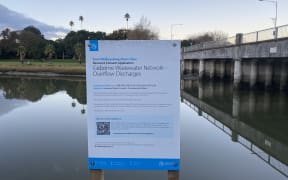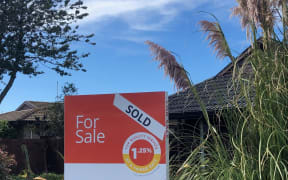"Has this landed where we wanted it to?"
That was Gisborne district councillor Kerry Worsnop's question for the table as elected members deliberated the region's rates for the next 10 years.
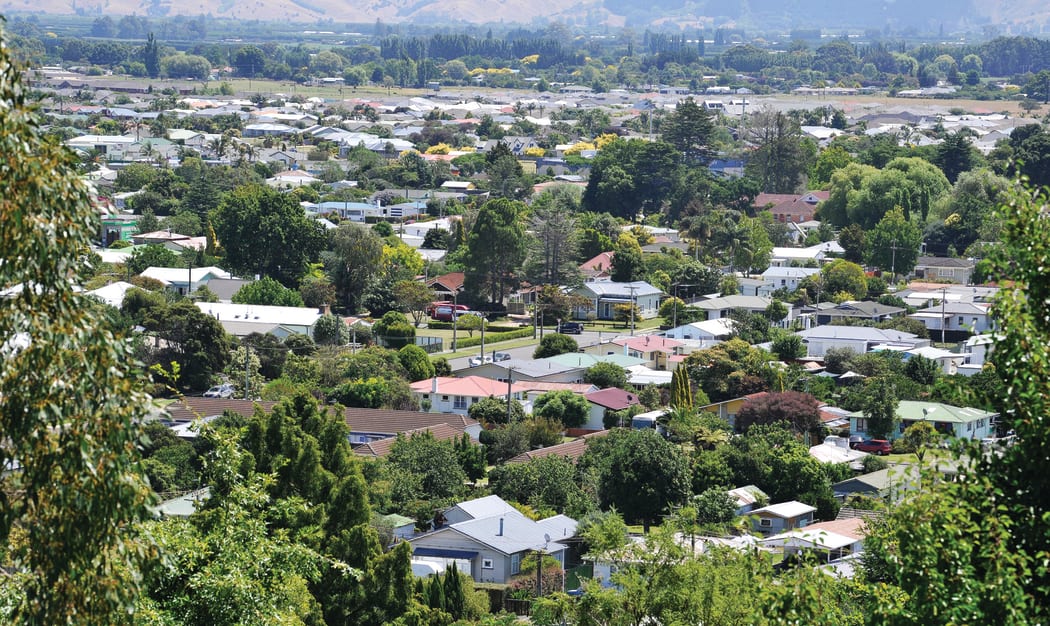
Worsnop pointed to an East Coast property worth $95,000 facing a rate increase of 4.3 percent, or $62, compared to a $1.22 million property in Gisborne's Lytton West, where rates would only increase by $55. Photo: LDR / Supplied
She pointed to an East Coast property worth $95,000 facing a rate increase of 4.3 percent, or $62, compared to a $1.22 million property in Gisborne's Lytton West, where rates would only increase by $55.
"That just seems bizarre and ridiculous if you're trying to address affordability because that trend is perpetuated across all of the rural townships," Cr Worsnop said.
"The way this has fallen is hurting the people that are our most vulnerable and helping people that are less likely to be vulnerable based on their house price.
"Has this landed where we wanted it to because for me it hasn't."
Most councillors questioned the fairness of the rating policy at the 2021-2031 Long Term Plan meeting on Wednesday.
Cr Terry Sheldrake said the disparity was a "big issue". Cr Bill Burdett said it was "unfair and inequitable". Cr Larry Foster acknowledged the "huge increase" for rural people. Cr Meredith Akuhata Brown even suggested starting over.
Chief executive Nedine Thatcher Swann said it was not the time to be making "fundamental changes" to the finance policy.
Councillors later passed the finance policy, including a contentious element to transfer 10 percent of water rates infrastructure to the general rate.
Councillors Worsnop, Pat Seymour, Bill Burdett, Faulkner and Isaac Hughes wanted their opposition to this recorded.
Councillors also voted to up the funding to rural township upgrades, meaning there will be a $7m spend over the 10-year plan.
The rates policy put to the public for consultation, which will differ slightly from what has been passed, said city residential were facing a rate increase of 2.2 percent, compared to rural residential, which was facing an increase of 5.9 percent.
In actual cost, the average rates for those in the city was $2700 compared to $1400 for those in rural townships.
Affordability, or ability to pay was one of the main principles driving the council's rates review.
This involved "redistributing" the rates across the region after it was deemed the city had been unfairly carrying the load.
The proposal to move 10 percent of the cost of drinking water, wastewater and stormwater (three waters) to the general rate received kickback from rural ratepayers who have their own septic and water tanks.
But the council said this would also align the three waters with how other infrastructure was rated, such as flood control, which it said reflected the wider benefits of the infrastructure network to the region as a whole.
Mayor Rehette Stoltz acknowledged the policy was not "striking the townships" but signalled the rates remission that was in place for people who were in financial hardship.
She mentioned the transfer stations at each township that were 60 percent funded by the city, and said it was about thinking of the region as a network.
"There is sometimes some cross-subsidisation that happens because we see ourselves as a region."
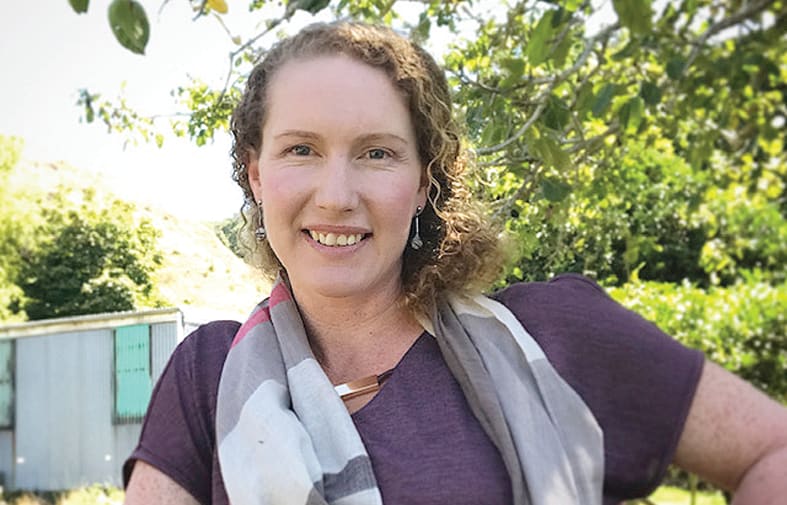
Gisborne district councillor Kerry Worsnop. Photo: LDR / Supplied
Cr Shannon Dowsing said the impact hit home when reading hundreds of submissions from people living in local townships. All felt it was unfair.
"Those increases do matter when you talk about the aging homes that those communities are living in, the poor state of existing water tanks, the poor state of existing septic tanks, guttering.
"While I was an advocate for the principle-based approach of sharing the burden of cost for that activity . . . it's definitely not delivering on my desire to address the way we handle rates."
He later rebutted Worsnop's point, saying they could not look at the rates increase as a single year in isolation.
"In my entire time at council, the urban area has been outstripping the rest of the region in increases.
"The fact that it may dip a little at this stage is just a realignment."
Cr Sandra Faulkner said if they used their strategic priorities as a lens it was pretty simple.
"In all fairness we do need to look at either cutting our costs or providing additional services to those who are paying more.
"That's my overarching strategic view of it and that's on our bit of paper, that's what we said we would do."
Cr Tony Robinson said he didn't have a problem with the 10 percent three waters rate.
He highlighted, as Mayor Stoltz had done, that there was a rate remission in place for people who could not afford the increase.
"That's the place in my submission where we would look to pick up these anomalies and address these unintended consequences.
"For all the reasons that the 10 percent contribution that we decided on in many, many workshops, in my view those still stand. The affordability issue, there's another place and time to address that, and we have that ability."
East Coasters voiced their concerns in written submissions to the Long Term Plan.
"Rates increases help Gizzy whanau, not the Coast. We shouldn't subsidise others while we suffer," one Tokomaru Bay resident said.
Others said it was unfair paying rates on their whenua (land), for services they didn't receive, while a Ruatoria resident said she was all good with the increase but asked what benefit would they see in their community.
Thatcher Swann said consultation showed people generally liked the track the council was on, with exception of a few pockets.
"We've had 12 submissions around affordability. Generally the sentiment is that we are on the right track so if we bring it back to what our submissions are saying, to where the evidence is … by and large the preferred options that were put to the community, including the proposed rates increases, were generally accepted."
A staff report said there were 81 submission points addressing equity, with 39 referring to the ability to pay.
Twenty-three submission points felt that rural ratepayers were either subsidising urban ratepayers or that they should not have to pay for facilities or activities that were only available in the city.
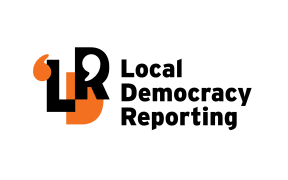
Local Democracy Reporting is a public interest news service supported by RNZ, the News Publishers' Association and NZ On Air.

